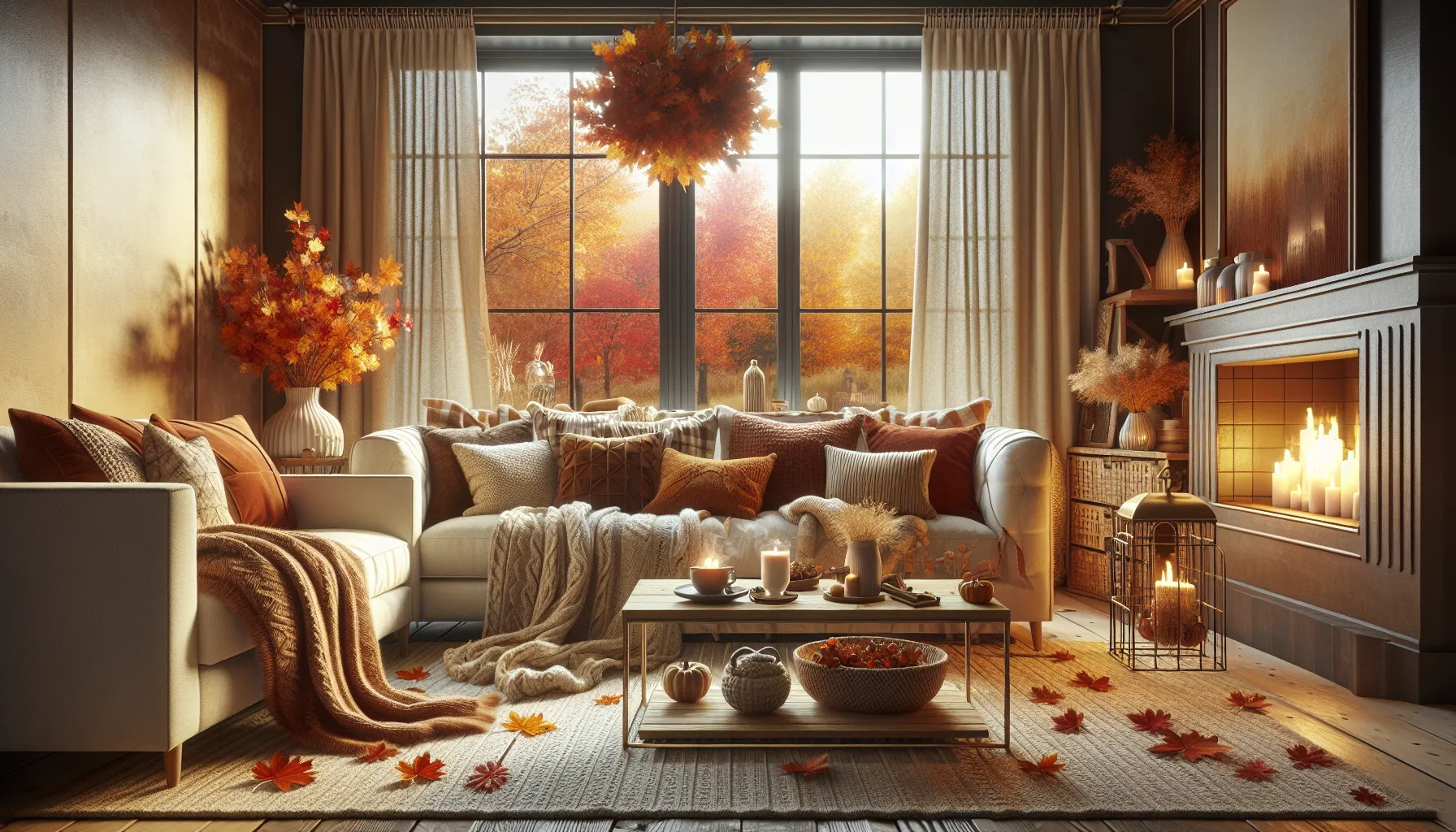As urban landscapes rapidly evolve, Action Properties, Inc. notes that multi-unit developments are becoming the cornerstone of housing solutions for growing populations. However, multi-unit projects are no longer just about packing as many units as possible into available space.
Developers are shifting toward innovative, sustainable, and community-focused designs to meet changing consumer demands and environmental pressures. With technology and society constantly advancing, the future of multi-unit development is poised for significant transformation.
But what does this future look like? What trends are guiding developers as they create homes for future generations?
In this article, we’ll dive into five key trends that are shaping the future of multi-unit developments.
1. Sustainability and Eco-Friendly Designs
Sustainability is no longer just a buzzword—it’s becoming a core feature of modern multi-unit developments. With increasing environmental regulations and growing consumer awareness, multi-unit developers are prioritizing eco-friendly designs that reduce the carbon footprint of buildings.
This trend isn’t just about adding solar panels or green roofs; it’s about creating energy-efficient buildings that conserve resources in every way possible. Developers are incorporating materials with lower environmental impact, such as recycled or locally sourced products, and designing units that use less water and electricity.
Real-time data supports this shift. According to the data, the green building market is projected to reach $1374.2 billion by 2034, reflecting the growing demand for eco-friendly construction.
In fact, buildings that meet LEED (Leadership in Energy and Environmental Design) standards have been shown to save up to 20-30% on energy costs compared to conventional buildings, making them highly appealing to both developers and buyers alike.
2. Smart Technology Integration

The incorporation of smart technology in households is transforming living standards, and multi-unit developments are no exception. Lighting, heating, security, and even appliances are common features that enhance convenience and reduce energy costs for residents.
Modern multi-unit buildings are now being developed with smart construction that allows for the interconnectivity of the entire facility. For instance, smart heating and lighting systems assist residents in controlling energy costs in the house and, therefore, allow them to pay less for utilities.
Also, the rise in IoT (Internet of Things) gadgets allows for delivering a wide range of integrated solutions – from smart elevators to connected parking lots, which contribute both to safety and comfort. Statista revealed that approximately 39.7 million smart homes are expected to be in the United States by 2028, proving how much this industry has expanded.
3. Community-Focused Living
Considering the growing population density within the cities, there is a growing penchant for socially oriented buildings, which help in bringing people together in communities. Gone are the days of individual apartment blocks.
Presently, developers are working on designing open areas that foster collaborative work, productivity, and togetherness. Some of these facilities may include communal gardens, roof terraces and lounges, co-working spaces, gym/fitness centers, and even cafés, all of which seek to complement the life of a resident.
One of the reasons for such demand is that it is initiated by the young generation. By including such requirements in the building plans, developers can satisfy this need while at the same time creating unique propositions in a highly competitive environment.
4. Flexible and Modular Designs
The manner in which individuals reside and perform their professional activities varies, and multifaceted structures are shifting in response to the increasing complexity of development. This is because there is an upward trend in working from home, and everyone is in search of a house that doubles up as an office.
In response, new units are constructed as open plans or can be easily converted to meet the new resident’s requirements. For instance, folding doors, partition walls, and convertible furniture are adaptations that would fit a one-bedroom apartment for living and working.
Another new development that has quickly revolutionized the construction industry is the use of modular construction. In modular design, buildings are easily assembled since they are constructed in pieces in the factories and simply combined at the site of construction, thus reducing both the time and money required for construction.
It also allows for the creation of special-purpose units that would best fit developers’ design and functionality criteria. A report found that approximately 20% of construction costs can be saved by modular construction, which may be appropriate for future requirements.
5. Health and Wellness Amenities
Aspects of health and well-being in the design of houses have become relevant in the post-pandemic world. Navigating health concerns that have emerged due to indoor air quality and other issues, multi-unit developments are installing health-oriented features such as air purification systems, wellness centers, etc.
Health amenities associated with improved physical fitness and stress reduction, including fitness courts, yoga or meditating rooms, and the availability of nature through nearby green spaces of parks or pathways in a project, have become a high priority.
According to the Global Wellness Institute, wellness real estate is among the key trends, with the market expected to expand at a rate of 15% annually up to 2028, globally reaching nearly 913 billion US dollars. This has resulted in the growth of residents’ desire for healthy lifestyles, and wellness amenities have become a prime selling point for multi-unit housing projects.
The Future Is Multifaceted
The future of multi-unit development is driven by innovation, sustainability, and increasing focus on the needs of residents.
With the constant expansion and development of cities, as well as the growing need for housing, developers need to consider making spaces that are practical, inexpensive, innovative, and capable of addressing shifts in people’s living styles.
Sustainability, smart technology, community living, flexible design, and wellness are all part of a trend toward a more holistic and connected urban culture.
For multi-unit development, prospective developers will need to heed these trends to secure success in today’s fiercely competitive landscape. Today, changes are being made, and those willing to accept these changes will be the leading players in transforming the concept of urban life.








